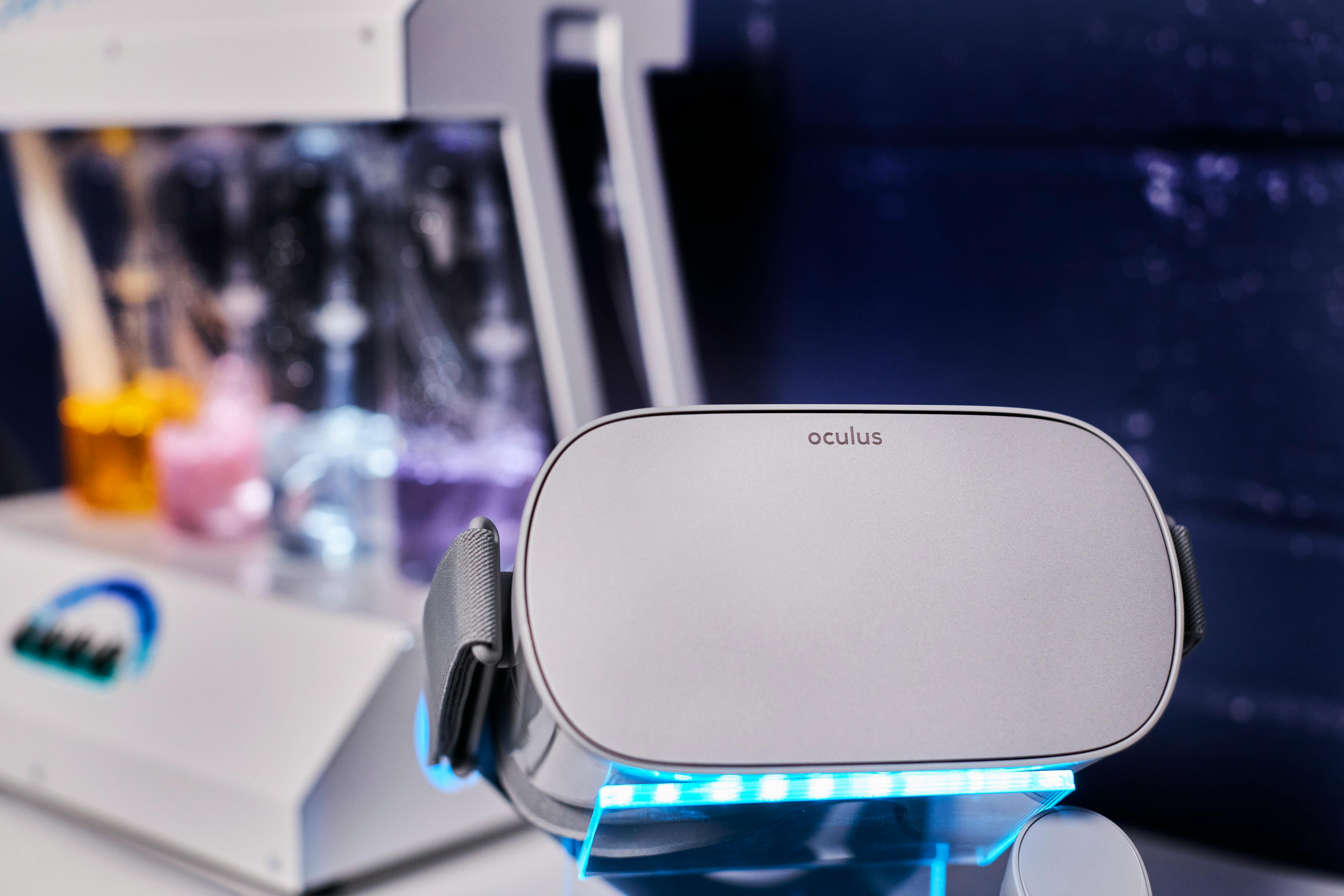
Augmented Reality (AR) and Virtual Reality (VR) are two cutting-edge technologies that are reshaping how we interact with the digital world. While both technologies create immersive experiences, they do so in different ways. AR overlays digital information onto the real world, while VR immerses users in a completely virtual environment. Imagine a world where you can try on clothes virtually before buying them, learn about ancient civilizations by walking through their ruins, or get hands-on training for complex procedures without ever leaving your desk. This isn’t science fiction; it’s the exciting reality of Augmented Reality (AR) and Virtual Reality (VR). This blog will explore various use cases of AR and VR, making it easy to understand how these technologies are applied across different industries.
Imagine you are looking at the real world, but with extra information or images layered on top. That’s what Augmented Reality (AR) does. It takes what you see in real life and adds digital elements, like images, sounds, or other data.
Augmented Reality (AR) enhances our perception of the real world by adding digital elements to it. Think of it as a layer of information that you can see through your smartphone or AR glasses. AR overlays digital information onto the real world, enhancing your perception of your surroundings. Think of it like adding a digital layer on top of the real world. For example, when you use a mobile app to see how a piece of furniture would look in your living room, that’s AR at work.
Imagine:
Virtual Try-Ons: Customers can see how clothes, accessories, or makeup would look on them before making a purchase. Brands like Sephora use AR for virtual makeup trials.Product Visualization: Home improvement stores allow customers to visualize how furniture or paint colors will look in their homes using AR apps.
nteractive Learning: Students can use AR apps to explore complex subjects like biology or astronomy by visualizing 3D models, making learning more engaging. Field Trips: Virtual field trips can be created using AR, allowing students to explore historical sites or natural wonders without leaving the classroom.
While AR adds digital content to the real world, Virtual Reality (VR) takes you entirely out of your surroundings and places you in a completely digital environment. With VR, you put on a special headset, and you’re instantly transported to a new world — whether that’s exploring the ocean, flying in space, or walking through a fantasy world.
Think of putting on a VR headset and suddenly you’re in the middle of a roller coaster ride. You feel as if you’re really there, even though you’re actually sitting on your couch.
Virtual Reality (VR) transports users into a completely digital environment where they can interact with 3D objects and scenarios. VR creates immersive digital environments that transport you to a completely virtual world. It’s like stepping into a 3D movie, but you can interact with the world around you. Users typically wear VR headsets that block out the real world and immerse them in a new one.
Imagine:
Immersive Gaming Experiences: VR gaming offers players the chance to step inside their favorite games, providing an unparalleled level of immersion. Virtual Concerts and Events: Users can attend live events from the comfort of their homes, experiencing performances as if they were physically present.
Virtual Tours: Potential buyers can take virtual tours of properties without needing to visit them physically, saving time and resources.Design Visualization: Architects can create virtual models of buildings, allowing clients to walk through designs before construction begins.\

Both AR and VR have unique strengths that can be combined for even more powerful applications:
AR and VR bring learning to life, creating immersive experiences for history lessons, science experiments, and anatomy studies.
AR in Education: Imagine students learning about ancient history. With AR, they could point their phone or tablet at a history book and see 3D models of ancient civilizations pop up, allowing them to explore pyramids, temples, or other historical landmarks.
VR in Education: VR can take students on virtual field trips. Instead of just reading about the Amazon rainforest, they can wear a VR headset and be taken to a fully immersive virtual Amazon jungle, where they can explore the wildlife and ecosystem firsthand.
AR assists surgeons with complex procedures, while VR helps train doctors and patients in a safe and controlled environment.
AR in Healthcare: Surgeons use AR to perform complex procedures. For example, while looking at a patient during surgery, AR glasses can show an overlay of the patient’s medical information or even a 3D image of the inside of their body, helping the surgeon be more precise.
VR in Healthcare: VR is being used to help patients with anxiety or phobias. For instance, someone afraid of flying can practice sitting in a virtual airplane in a safe environment, helping them overcome their fear step by step.
AR and VR technologies are not just futuristic concepts; they are actively transforming industries today. From enhancing shopping experiences to revolutionizing education and training, these immersive technologies offer innovative solutions that improve efficiency, engagement, and understanding. As these technologies continue to evolve, we can expect even more exciting applications that will further integrate our physical and digital worlds.
Leave A Reply